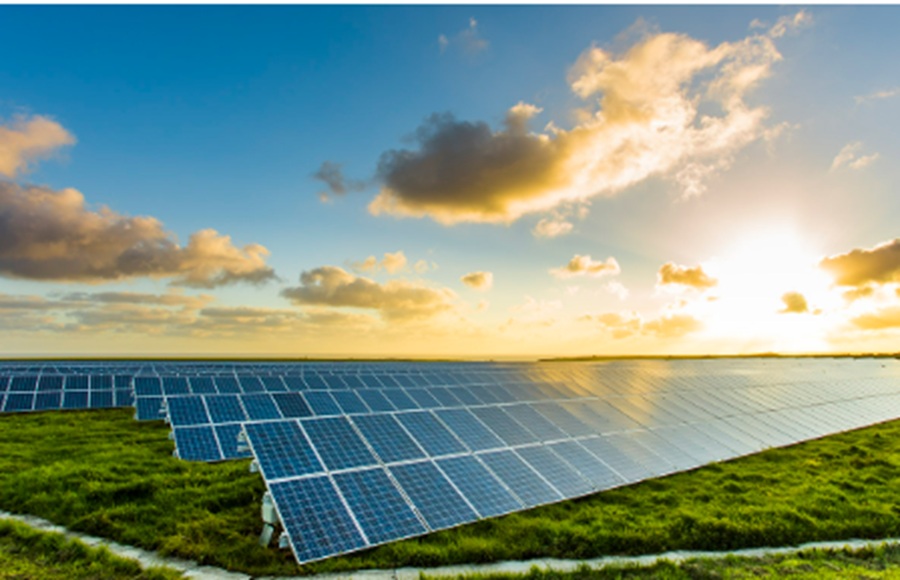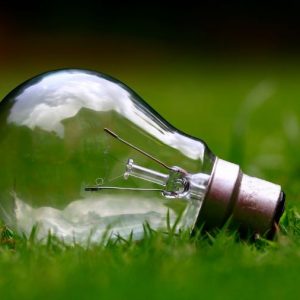A 430-hectare site north of Rome, once at the centre of a long-running health controversy, is set to become a solar farm powering the Vatican’s green transition.
Italy approved the plan on Thursday, allowing the Holy See to convert the Santa Maria Galeria site into a vast renewable energy facility. The Vatican aims to generate enough electricity to fully power Vatican City and become the world’s first carbon-neutral state.
The site has extraterritorial status and is owned by the Vatican, but the deal must still be approved by the Italian parliament due to its financial implications.
A New Use for a Controversial Area
Located around 35 kilometres from Rome, Santa Maria Galeria was once home to powerful Vatican Radio transmitters. The short- and medium-wave towers, installed in the 1950s, broadcast Catholic programming in dozens of languages.
As the surrounding area became more populated, local residents blamed the electromagnetic waves for health issues, including cases of childhood leukaemia. Lawsuits in the 1990s accused Vatican Radio of exceeding legal limits, but the court dismissed the claims. In 2012, the Vatican reduced transmission hours, citing cost savings from switching to internet broadcasting.
The radio towers still dominate the rural landscape, but under the new plan, the area will take on a drastically different role.
Environmental Vision
The Vatican’s statement said the solar project will preserve agricultural use of the land and minimise environmental impact. Although details remain limited, officials confirmed the Vatican would be exempt from Italian import taxes for solar panels, but it will not benefit from state solar incentives available to Italians.
Any excess energy will be made available to the local community, and Italy will be allowed to include the project in its EU clean energy targets.
The estimated cost of the project is under €100 million, and tenders could be launched once parliament gives the green light.
Papal Backing
Pope Francis initiated the plan in 2023 as part of his long-standing call to move away from fossil fuels and embrace clean energy. His successor, Pope Leo XIV, visited the site in June and expressed full support for the initiative. He has continued Francis’ ecological mission, recently introducing prayers and liturgies inspired by environmental stewardship.
Archbishop Paul Gallagher, the Vatican’s foreign minister, signed the agreement with Italy’s ambassador to the Holy See, Francesco Di Nitto.
If successful, the Santa Maria Galeria project would mark a historic shift: transforming a once-divisive radio site into a symbol of climate action and faith-led sustainability.





